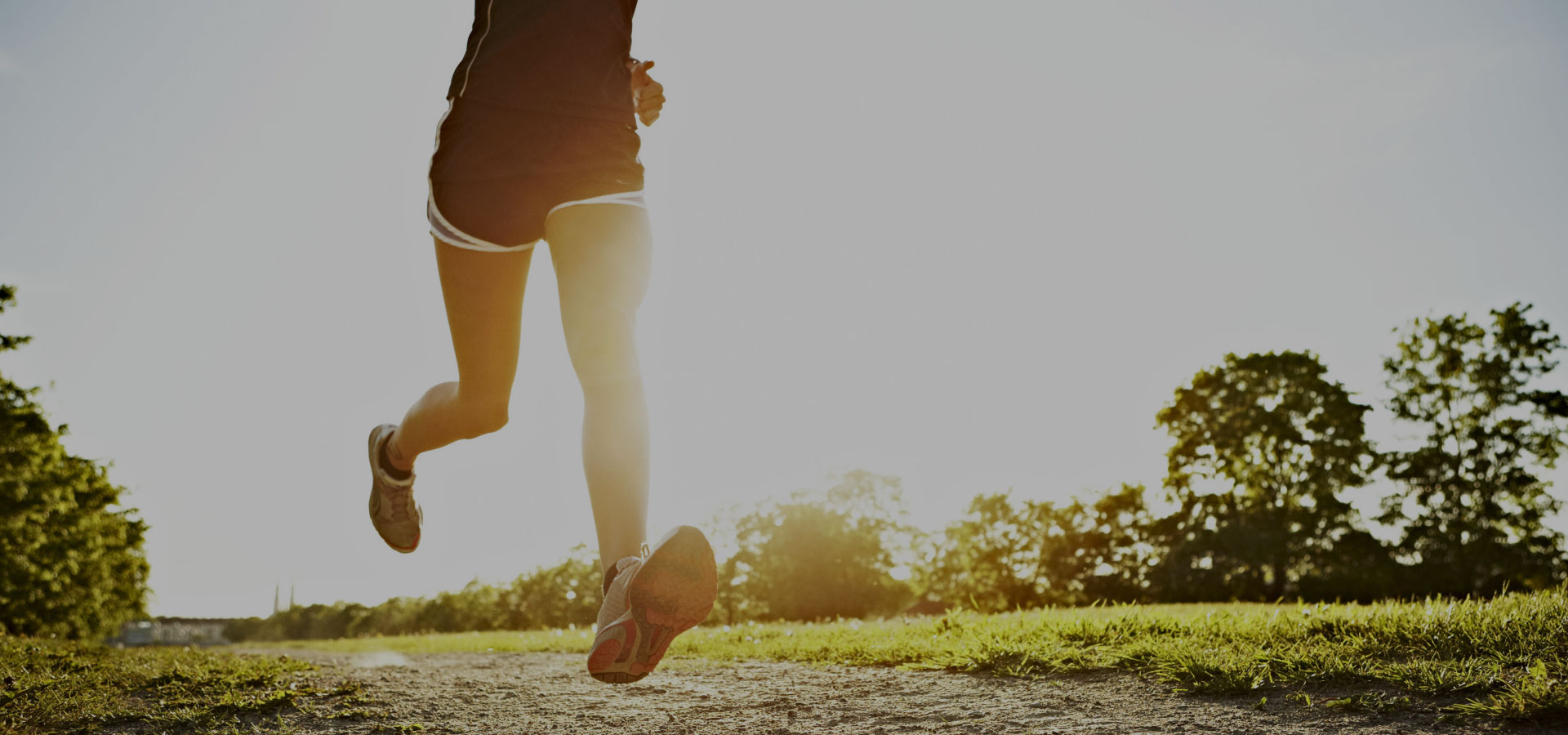Training for Kilimanjaro Climbing Success with Ephraims Guide Safaris (EGS – Tanzania)
In this article we describe in detail the techniques involved in Training for Kilimanjaro climbing success and prepation for Kilimanjaro climbing for any age group or gender.
Preparing to climb Mount Kilimanjaro is more than just an adventure—it’s a serious challenge that requires careful preparation, particularly in terms of physical fitness, mental toughness, and acclimatization. Standing tall at 5,895 meters (19,341 feet), Kilimanjaro presents a demanding trek where a well-rounded training plan is essential for a successful summit. In this guide, we’ll walk you through the key aspects of preparing for your Kilimanjaro climb, ensuring you’re ready for both the ascent and the descent.
Why Training is Crucial for Your Kilimanjaro Climb
Climbing Kilimanjaro is a unique physical challenge because of its altitude, terrain, and multi-day duration. A common misconception is that anyone can conquer it without significant preparation. However, success on the mountain is not just about excitement or enthusiasm. It requires a combination of cardiovascular endurance, muscular strength, mental preparedness, and an understanding of the altitude’s effects. Let’s dive into how to prepare effectively for this once-in-a-lifetime adventure.
Step 1: Acclimatization – The Key to Summit Success
One of the most critical factors in summiting Kilimanjaro is how well your body acclimatizes to the high altitude. Kilimanjaro is a non-technical climb, but the altitude poses significant challenges. Many climbers experience altitude sickness, which can hinder their success or force them to abandon their trek.
Tips for Acclimatization:
- Choose Longer Routes: The longer you spend on the mountain, the better your body can adjust to the altitude. Routes like Lemosho and the Northern Circuit (8-9 days) offer more gradual ascents, giving your body time to acclimatize.
- Go Slow: On the mountain, your guides will constantly remind you to move at a slow and steady pace (“pole pole” in Swahili). This prevents overexertion and gives your body a chance to adapt.
- Stay Hydrated: Drinking plenty of water is crucial to help your body acclimatize and combat altitude sickness.
Step 2: Physical Fitness – Build Endurance and Strength
Trekking for 6-8 hours a day for several days in a row on uneven terrain requires a solid base of physical fitness. Your training plan should start several months before your trek, focusing on building cardiovascular endurance, leg and core strength, and hiking-specific fitness.
Key Training Components:
- Endurance Building: Regular cardiovascular exercises like running, cycling, swimming, or rowing will increase your stamina. Aim for at least 10 hours of aerobic activity per week, increasing intensity as you get closer to your climb.
- Uphill and Downhill Hiking: Kilimanjaro’s terrain varies between steep ascents and descents, so incorporating hikes on hilly terrain is crucial. If hills aren’t available, use a treadmill set to a 30-degree incline or stairs with a weighted backpack.
- Strength Training: Focus on strengthening your legs (especially your quads and glutes), core, and upper body. Exercises like squats, lunges, deadlifts, and planks will help support your body during the climb, particularly while carrying a backpack.
- Simulate the Climb: Around 70% of your training should mimic the conditions you’ll face on Kilimanjaro. Wear the boots and backpack you’ll take on your climb and practice walking on uneven surfaces.
Step 3: Mental Preparedness – Strengthen Your Resolve
While physical fitness is key, your mental toughness will be just as important during your Kilimanjaro climb. You’ll be walking long distances each day, dealing with altitude, and pushing yourself beyond your comfort zone. Mental resilience is essential to pushing through difficult moments.
Tips for Mental Preparation:
- Positive Mindset: Focus on maintaining a positive attitude. Remind yourself that many climbers have summited Kilimanjaro before you, and with determination, so can you.
- Visualize Success: Mental visualization of reaching the summit can be a powerful tool in staying motivated, especially during challenging sections of the trek.
- Familiarize Yourself with Gear: Spend time getting comfortable with your gear, such as your trekking boots, backpack, and even your sleeping bag. This will help you avoid discomfort and distraction on the mountain.
Step 4: Structured Training Plan – Tailor Your Fitness Routine
When preparing for Kilimanjaro, it’s important to structure your training plan carefully. Here’s a suggested training timeline:
3-4 Months Before Climb:
- Begin with a mix of cardiovascular exercises (running, cycling, swimming) and strength training 4-5 days per week.
- Incorporate one long hike (4-5 hours) with a backpack each week.
2-3 Months Before Climb:
- Increase your training to 5-6 days per week, focusing more on uphill and downhill hikes.
- Aim to hike for 6-8 hours once a week, gradually increasing the weight in your backpack.
1 Month Before Climb:
- Prioritize hikes with a weighted backpack (20-30 lbs), emphasizing both endurance and strength.
- Spend time practicing descending, as the return from the summit can be hard on your knees and legs.
Step 5: Prepare for Multi-Day Trekking – Kilimanjaro’s Physical Demands
Kilimanjaro’s trek spans several days, so it’s essential to condition your body for long-duration walks and climbs. You’ll be on your feet for hours each day, often climbing in the morning and descending later in the day. Ensure your body is used to this by training with multiple back-to-back hikes.
Training for Multi-Day Trekking:
- Long Back-to-Back Hikes: At least once a week, simulate consecutive long hikes with a fully packed backpack, walking for a minimum of 5-6 hours each day.
- Hike with Your Pack: Get used to carrying the essentials—water, snacks, extra layers, rain gear, and a camera. This will prepare you for the actual trek and ensure your pack is manageable.
Final Thoughts: Trust the Experts at Ephraims Guide Safaris
Training is only one part of the equation. When climbing Kilimanjaro with Ephraims Guide Safaris (EGS – Tanzania), you’ll be guided by seasoned professionals who are familiar with every aspect of the mountain. Our expert guides will monitor your progress, ensure your safety, and offer support every step of the way. Trust in their expertise as you embark on this extraordinary adventure.
Ready to take the first step? Contact Ephraims Guide Safaris today and begin your journey to the Roof of Africa with confidence!











